Low cotton, maize output a setback
Agri-growth dips to 1.1% in 2QFY25 in sharp contrast to robust FY24 recovery
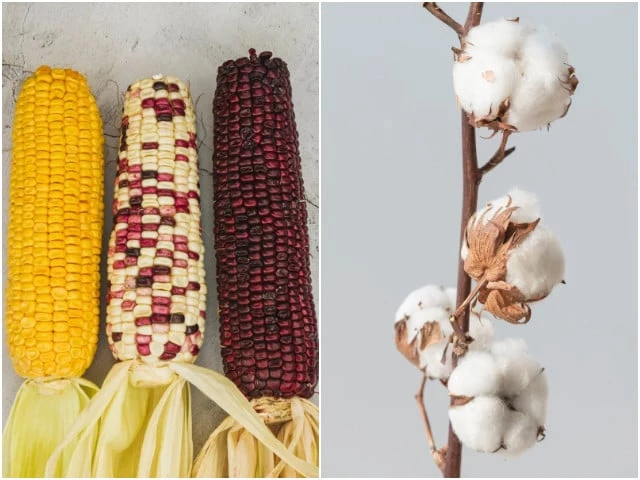
Pakistan's agriculture sector has registered a significant slowdown, with growth rate declining to 1.1% in the second quarter of fiscal year 2024-25, compared to 6.1% in 2QFY24, according to data from the Pakistan Bureau of Statistics (PBS) and Topline Research.
This decline is largely attributed to a sharp 31% drop in cotton production and a 15.4% decline in maize output, both of which are key contributors to the sector's overall performance. The setbacks to major crops have dampened the momentum observed in FY24 when agriculture experienced a robust recovery.
"I am not surprised by the figures," said Miran Mohammed Shah, President of the Sindh Chamber of Agriculture. "Factually, the ground reality is pretty much the same."
Owing to climate change, moisture levels have declined, which, in Sindh province, has restricted cotton cultivation to just two districts – Sanghar and Nawabshah – resulting in a sharp decline in cotton production. "Later in the year, we are likely to see a similar trend for wheat."
The government's sudden refusal to procure wheat this year, along with the lack of an officially announced support price, has left farmers in a difficult position. Even otherwise, with input prices skyrocketing and no state intervention, farmers are struggling to survive.
On top of that, Sindh is facing a drought season, and if there is no substantial rainfall this year, Pakistan might have to import all major agricultural products, leading to a "severe food security crisis in the country."
Hamid Malik, a farmer from Punjab, reported that rice production has declined slightly to 9.5 million tons from 9.8 million tons in the previous year. In contrast, maize and sugarcane production experienced a modest growth, with sugarcane output increasing by 3%. Horticulture, vegetable, and livestock sectors also recorded an increase.
Despite these gains, the overall GDP growth in 2QFY25 remained low, primarily due to a massive 30% decline in cotton production, which fell to 5.4 million bales from 8.2 million bales in the previous year, along with a significant reduction in sesame output.
Sindh Abadgar Board Senior Vice President Mahmood Nawaz Shah said as early as June and July, it became evident that cotton arrivals were significantly lower than expected, and this downward trend is now materialising.
"Adding to concerns, rice paddy yields are predicted to be lower than last year, while the situation with sugar production appears even more troubling," he said.
Initial estimates suggested a decline from 7.5 million tons of sugar last year to 6.4 million tons this year, but some fear the final figure could be even lower. Additionally, sugarcane production has reportedly fallen by 10-15%, and maize production is also expected to be lower.
Preliminary wheat yields are also being reported below last year's levels, though it is still early in the harvest.
Beyond falling yields, growers are facing another major hurdle – lower commodity prices despite rising production costs. Shah elaborated that while production is down, all major commodities are fetching lower prices compared to last year, while the cost of production has increased.
He pointed out several challenges across different crops. In the wheat sector, government intervention, including delayed deregulation and export restrictions, has caused market prices to drop. Similarly, cotton production and prices are both down, creating further financial pressure on farmers.
In the sugarcane sector, government-imposed pricing regulations have resulted in lower market rates compared to last year, even as production costs continue to rise.
The vegetable sector is also struggling, with weak demand over the past two months leading to low prices for crops such as tomatoes, gourds, cabbage, and bitter melon. Shah warned that while some might describe this situation as "deflation," the reality is that prices of essential food items have dropped significantly, posing a severe threat to farmers and their livelihoods.
"Despite rising input costs, the declining crop yields is the major issue," said Muhammad Ali Iqbal, President of Concave Agri Services.
The agriculture sector has witnessed a downward trend due to liquidity problems as cash-strapped farmers have opted for oilseed crops and sugarcane plantation over staple crops like wheat and vegetables having higher input costs, he highlighted.
Moreover, limited rainfall in winter has also made things difficult for farmers, especially in rain-fed areas, with wheat as their major crop in most of the mono-crop regions.
Another important factor affecting farm production is the lack of plantation of right crop varieties suitable to specific agri-ecological conditions. Unfortunately, farmers believe in getting higher yields without judging conditions for each of the varieties.
For example, the trend of growing hybrid rice was seen in central Punjab as it was giving high production in Sindh, which has caused losses to farmers, he expounded.

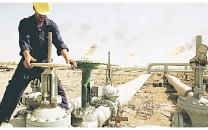


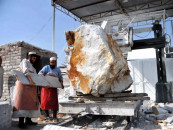




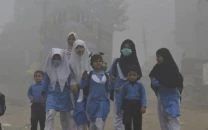


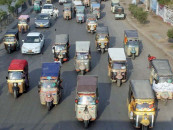








COMMENTS
Comments are moderated and generally will be posted if they are on-topic and not abusive.
For more information, please see our Comments FAQ